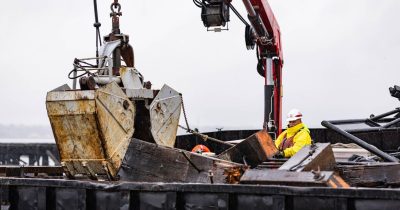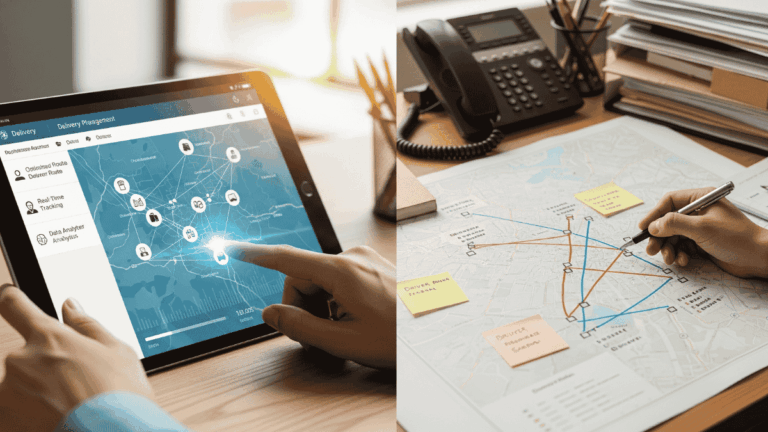The U.S. Army Corps of Engineers (USACE), in the Baltimore District, is collaborating with various local, state, and federal agencies to remove debris from the Fort McHenry Channel after the Francis Scott Key Bridge collapse. Engineers have now outlined a preliminary schedule to restore safe passage to and from the Port of Baltimore.
The Francis Scott Key Bridge was the scene of maritime accident after a cargo ship rammed into the bridge on Tuesday. Four workers who went missing following the bridge collapse are still unaccounted for.
“After detailed studies and engineering assessments by local, state and federal organizations, in collaboration with industry partners, USACE expects to open a limited access channel 280 feet wide and 35 feet deep, to the Port of Baltimore within the next four weeks – by the end of April,” the USACE says.
Moving cargo through the port
The government agency says that this channel would support one-way traffic in and out of the Port of Baltimore for barge container service and some roll on/roll off (RORO) vessels that move vehicles and farm equipment to and from the port.
Engineers from the USACE are working to reopen the main navigation channel, which is 700 feet wide and 50 feet deep, by the end of May. This will return the Port of Baltimore’s access to its usual capacity.
Lt. Gen. Scott Spellmon, USACE commanding general says, “Thanks to the exhaustive work of the Unified Command during the last two weeks, including underwater surveys and detailed structural analysis of the wreckage, we’ve developed a better understanding of the immense and complex work that lies ahead.
A fully opened federal channel remains our primary goal, and we will carry out this work with care and precision, with safety as our chief priority.”
Importance of the Port of Baltimore
Al Jazeera reports the Baltimore incident could cost the US economy $15 million per day. It adds that insurance claims could reach $3 billion.
As one of the oldest ports in the United States, it has a long history of serving the nation’s trade needs and has evolved over time to adapt to changing shipping technologies and trade patterns.
The Bureau of Transportation Statistics reports the Port of Baltimore is among the top 20 ports in the United States by tonnage and number of containers handled. The report adds it is the 10th largest port for dry bulk, and is a major hub for the import and export of motorized vehicles.
The port has specialized facilities for handling a variety of cargo types, including automobiles, RORO cargo, containers, and bulk commodities. It’s particularly renowned for its handling of cars and RORO cargo.
US President Joe Biden is expected to visit Baltimore today (Friday, April 5).
About the author
Sharl is a qualified journalist. He has over 10 years’ experience in the media industry, including positions as an editor of a magazine and Business Editor of a daily newspaper. Sharl also has experience in logistics specifically operations, where he worked with global food aid organisations distributing food into Africa. Sharl enjoys writing business stories and human interest pieces.











